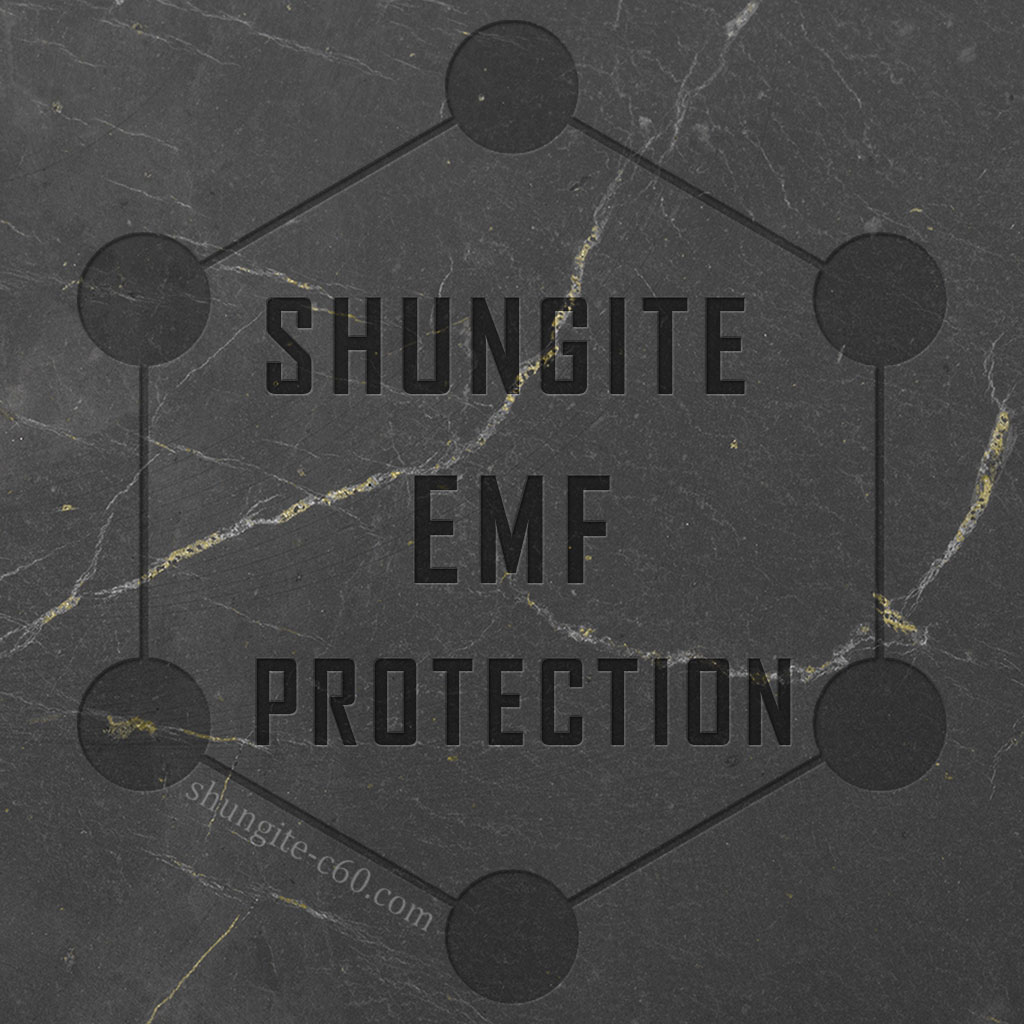Wearing Proof clothing is designed to allow you to be able to work, live as well as play comfortably. These products update your everyday necessities with the most up-to-date methods of construction and high-performance fabrics. Whether you're on the go or out and about in cities, be equipped with the appropriate proof clothes to meet your requirements. From sweatshirts to t-shirts, you'll be confident that you're protected.
Protection from microorganisms
The need for medical protective clothing is vital for medical professionals. It provides three-level protection against microorganisms and is especially useful in operating rooms and infectious disease departments. It also comes with an antibacterial coating, as well as ventilation to keep users user dry. Moreover, these protective garments can be utilized in times of need such as disaster relief. Their main purpose is to prevent the body from getting infected when it comes into contact with infectious substances.
Antibacterial protective clothing works against bacterial and fungal pathogens, including influenza viruses. It blocks the growth of bacteria and other microorganisms through biocidal and biostatic agents. Furthermore, the antibacterial fabric causes damage to the systems inside of pathogens, such as the cell membrane, DNA, and proteins. Additionally, antiviral clothing can be effective in protecting people from the flu virus, although it doesn't hinder its spread. virus due to the fact that it's in the air.
emf proof in protective clothing have made it possible to reuse fabric to kill pathogens. One of the innovations uses catalysts within pockets of the fabrics to eliminate bacteria and viruses. Moreover, a new nanomaterial that combines with textile fibers can destroy nerve agents. In the end, this material has the potential to be a useful material to be used in protective clothing.
Protection from pesticides

Chemical-resistant clothing is among the best ways to protect yourself from the dangers of pesticides as well as other chemicals. These clothing items are designed to shield you from the damaging effects that these substances can have. They can be worn with work coveralls or a PVC rain suit.
The effectiveness of pesticide protection depends on the type of fabric as well as the repellent surface. 100 cotton fabric is the most effective option. However, they can be heavier. Other factors can also impact the level of protection. For example the appearance of a repellent finish as well as the mass of the material could affect the absorption of pesticides. Further studies should be conducted to determine the effectiveness in the use of clothing that is protective. However emf proof clothing to make an informed choice is to consult the label of the product.
Gloves that are chemical resistant also recommended. Certain pesticide labels require people to wear these gloves. However, 5g proof clothing do not need them. The gloves must be water-proof and constructed from nitrile or other chemical-resistant material. They should extend enough in length that they cover the wrist. Latex gloves are not chemical-resistant, therefore, it is recommended to purchase gloves made of nitrile.
Protection from pickpockets
One of the best methods to guard yourself against pickpockets is to wear pickpocket-proof clothing. They have compartments hidden to protect your valuables. Some of them are zippered to keep thieves out of your personal belongings.
In addition to wear clothing that is pickpocket proof In addition, you must be aware of your surroundings. Avoid crowds or unusual interactions. If possible, never keep your valuables in a loose pocket. Also, you should put your day bag on your chest. Some prefer to carry their day bags across their shoulders, however this puts you at risk to pickpockets. Also, be aware of turnstiles on subways, as criminals can be lurking behind them. Turning your back will permit a pickpocket to swiftly take your purse and then run away. Be aware and alert at all times, so that you will never have to confront this kind of situation.
If you are traveling to a different country, always carry an extra bag for your crossbody. This will let you be vigilant about your possessions. Don't show off your wealth by hiding your wallet or important items. Do not wear expensive jewelry when traveling as it suggests that you've got important items in your bag.
Protection against chemicals
Chemical protective clothing should not just be tough, but also be comfortable. This outer coating is generally comprised of polyurethane foam, and activated carbon. This material has excellent resistance to chemicals that are lab-grade and offers strong durability. Its middle part is made of cotton, providing the comfort and absorption. This layer's exterior is finished off with a water-repellent chemical, such as NUVA HPU.
Occupational exposure levels for chemicals are listed on the safety data sheets (SDSs). The SDS will inform employees of the risk posed by the chemical. A "skin notation" next to an occupational exposure threshold means that the chemical could penetrate the skin and cause intoxication or cancer, as well as other adverse effects. The sheets also provide guidelines for the use of protective clothing. Laws of member states as well as European directives protect of workers from chemical agents at work.
The right protection clothing is crucial for all employees. The first step is to wear gloves. The exposure to chemicals can harm the hands, arms and other parts that comprise the human body. Based on the type of job, workers are more likely splash chemicals onto their hands.
